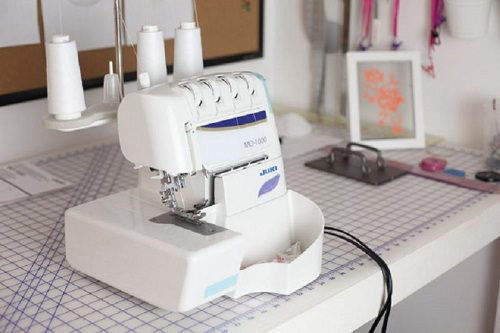Many people cannot get the ironing system like, what do we have to spend so much time at the ironing station when we have sewn the best? This is important for sewing and for your stitches to be flat. After sewing the seam if you open that part without ironing, it will look ugly and when using the project, your stitches will look ugly and messy.
Ironing simply will not flatten the edges and other things of the project, but will also give the fabric a clean and professional look. Each garment has a different requirement as if you are working on the velvet garment, then you must consider one thing: iron the fabric from the wrong side to prevent the front part from burning or burning. Always use an iron at medium temperature.
You can sew 2
projects, leave one without ironing and leave another after ironing. You can see the visible difference in both garments and how the stitches of both projects will look different from each other. If, as a beginner, you will ignore ironing, people who are going to witness your projects will notice that all of these are homemade.
To portray your professionalism and skills, you must continue working on the important parts and one of them in the ironing. Over time, you'll know how necessary it is for your sewing job and what wonders you can do for your job.



SHARE THIS PAGE!